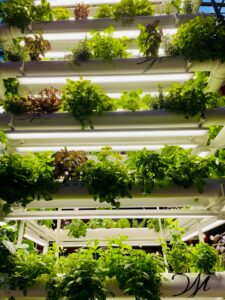Did you know that robots are now being used to taste-test food products? Yes, you read that right. In a surprising development, food companies are turning to artificial intelligence and machine learning to assess the flavor profile of their new creations.
This futuristic approach to quality control is revolutionizing the industry in ways we never thought possible. No longer do companies have to rely solely on human taste testers, whose palates can vary widely. Instead, robots equipped with sophisticated sensors and algorithms can provide consistent and reliable feedback on the taste, texture, and aroma of different food products.
According to a study by Statista, the global food robotics market is expected to reach $3.1 billion by 2025, highlighting the growing importance of automation in the food industry. As technology continues to advance, we can expect to see even more innovative uses of robotics in food production and quality assurance.
Some industry experts have expressed concerns about the potential drawbacks of relying too heavily on robots for taste testing, noting that technology may never be able to fully replicate the nuanced experience of human taste buds. However, proponents argue that robots offer a level of precision and efficiency that human testers simply cannot match.
In conclusion, the integration of robots into the food industry represents a paradigm shift in how products are developed and evaluated. While there may be challenges to overcome, the potential benefits of this technology are too great to ignore. As we move forward into this automated future, one thing is clear: robots are here to stay, even in the most unexpected places.



